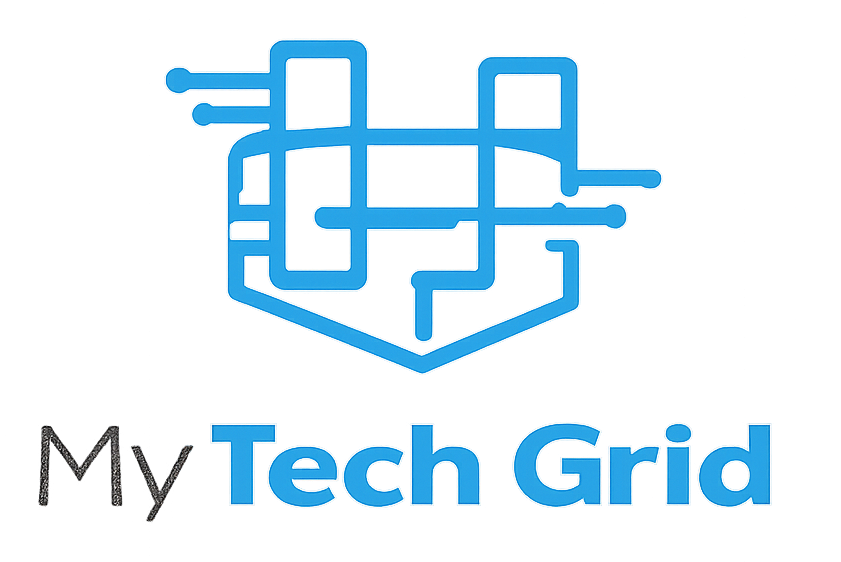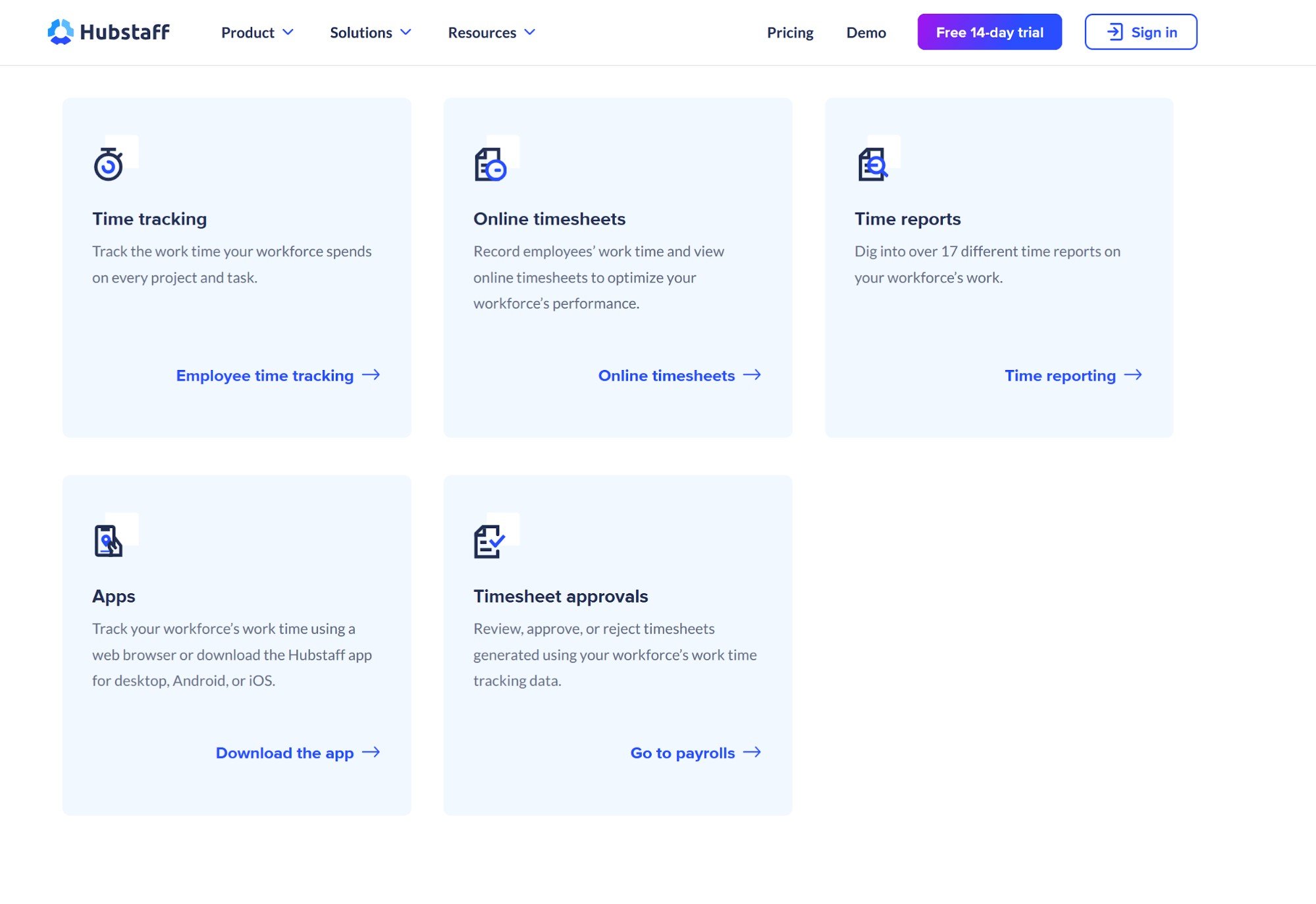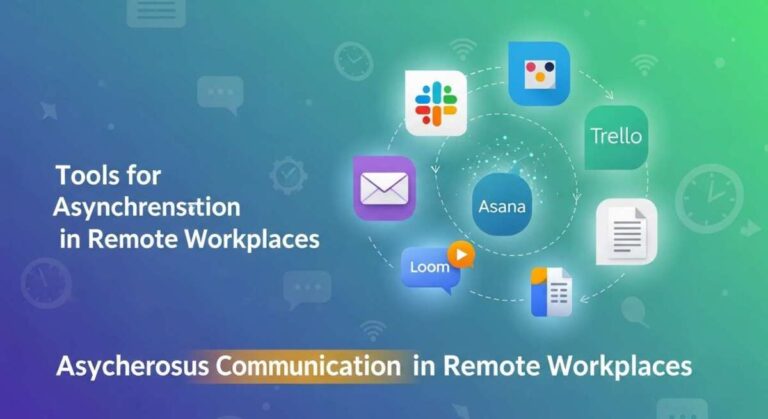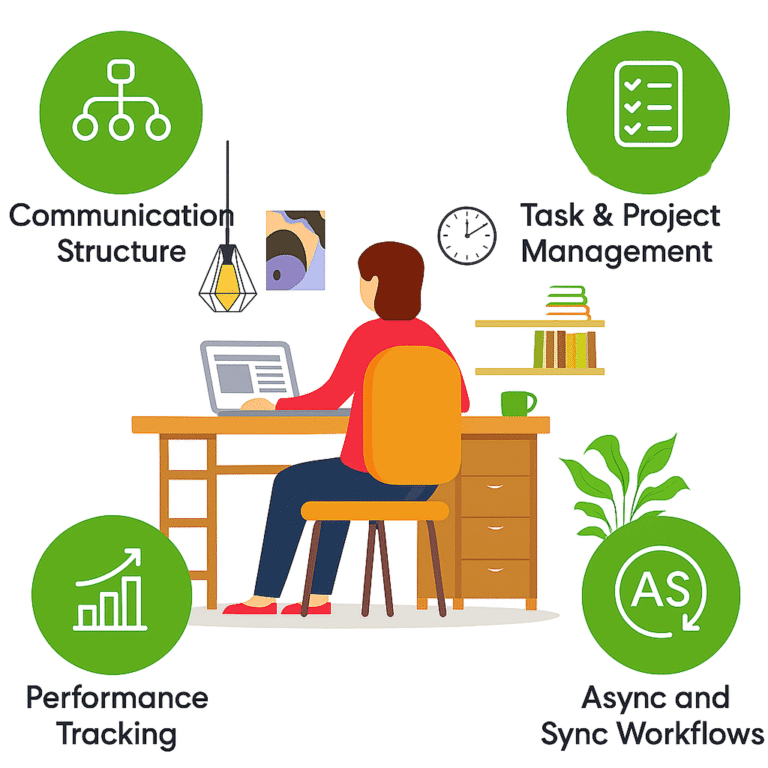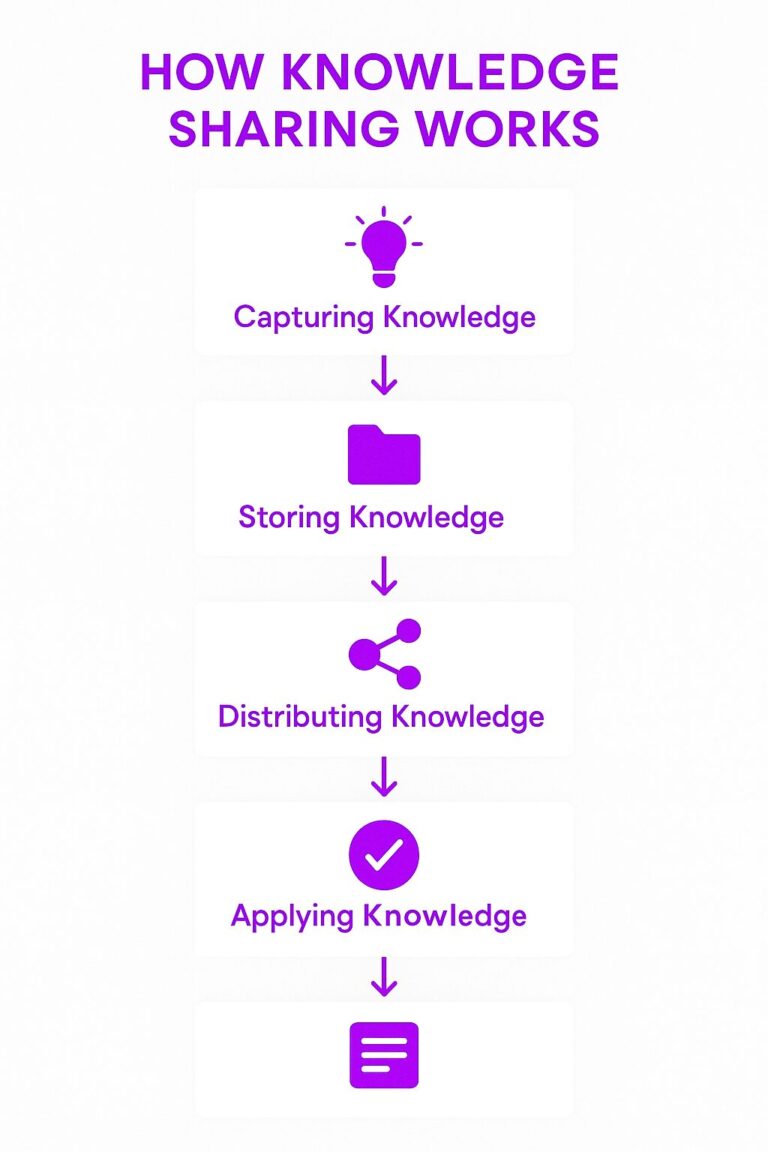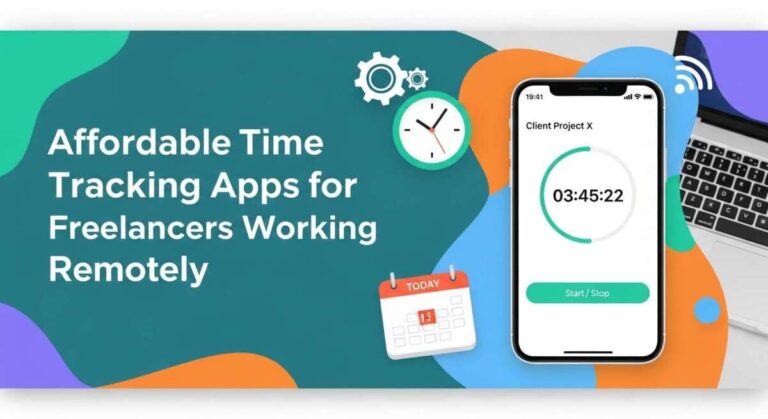How to Track Productivity of Remote Software Developers: Proven Tips
Are you struggling to understand how productive your remote software developers really are? Tracking productivity in a remote setup isn’t as simple as just checking hours logged or lines of code written.
You need clear, effective ways to measure real output without micromanaging or losing trust. You’ll discover practical methods and key metrics that help you accurately track your developers’ productivity. By the end, you’ll know exactly how to support your remote team’s success while keeping projects on track and quality high.
Ready to transform how you manage remote developer productivity? Let’s dive in.
Key Metrics For Developer Productivity
Tracking the productivity of remote software developers requires clear and measurable indicators. Key metrics help managers understand how developers perform and contribute to projects. These metrics focus on code quality, speed, collaboration, and problem-solving. Monitoring these areas gives insight into individual and team productivity.
Code Churn And Commit Frequency
Code churn shows how often developers rewrite or delete code. High churn may indicate problems or changes in project direction. Commit frequency tracks how often developers save their code changes. Regular commits suggest steady progress. Both metrics reveal coding habits and project stability.
Lead Time And Cycle Time
Lead time measures how long it takes from task creation to completion. Cycle time tracks the duration of active work on a task. Shorter times mean faster delivery. These metrics help identify delays and improve workflow efficiency.
Code Review Participation
Code reviews ensure quality and knowledge sharing. Tracking participation shows how engaged developers are in improving code. Active reviewers help catch errors early and spread best practices. This metric reflects teamwork and code quality focus.
Communication And Collaboration Patterns
Effective communication supports remote teamwork. Monitoring chat activity, meeting attendance, and collaboration tools use reveals interaction levels. Frequent, clear communication reduces misunderstandings. This metric highlights how well developers work together.
Mean Time To Recover (mttr)
MTTR measures how fast developers fix issues after failures. Lower MTTR means quicker problem resolution. This metric reflects resilience and support quality. Fast recovery keeps projects on track and reduces downtime.

Credit: hubstaff.com
Tools For Tracking Remote Productivity
Tracking the productivity of remote software developers requires the right set of tools. These tools help managers understand how work progresses and identify areas for support. A clear view of tasks, time, and collaboration ensures teams stay efficient and motivated. Below are key categories of tools that assist in monitoring remote productivity effectively.
Time-tracking Software
Time-tracking software records the hours developers spend on tasks. It helps measure actual work time versus breaks or distractions. These tools often offer reports showing time spent on different projects. This data aids in managing workloads and meeting deadlines.
Remote Employee Monitoring Tools
Monitoring tools track computer activity such as app usage and website visits. They provide insights into daily work patterns and focus levels. Managers can use this information to support employees and improve productivity without being intrusive.
Project Management Platforms
Project management platforms organize tasks, deadlines, and progress in one place. They allow teams to assign work and track completion easily. These platforms boost transparency and keep everyone aligned on project goals.
Code Repository Analytics
Code repository analytics analyze commits, pull requests, and code reviews. They reveal how much code developers produce and how often they collaborate. These metrics help assess coding efficiency and teamwork quality.
Collaboration And Communication Apps
Collaboration apps facilitate real-time communication and file sharing. They keep remote teams connected and engaged. Frequent interactions through these apps prevent misunderstandings and support faster problem-solving.
Measuring Output Vs. Outcomes
Measuring productivity for remote software developers requires more than counting tasks completed. It involves understanding the difference between output and outcomes. Output refers to the volume of work done, such as lines of code written or tickets closed. Outcomes focus on the actual impact and value that work brings to the business. Prioritizing outcomes helps ensure developers contribute meaningfully to company goals, not just stay busy.
Focusing On Business Impact
Tracking productivity means linking developer work to business results. Measure how their contributions improve product performance or customer satisfaction. This approach keeps teams aligned with company priorities. It moves beyond just checking how much code is produced. Focus on features delivered, bugs fixed, and how these affect users.
Setting Clear Goals And Expectations
Define specific goals for developers to aim at. Clear targets help both managers and developers understand success. Goals should be measurable and tied to project milestones. This clarity reduces confusion and guides daily work. Regular check-ins keep everyone on track and adjust goals if needed.
Evaluating Quality Over Quantity
High output does not always mean good results. Quality matters more than volume in software development. Look for clean, efficient code that reduces future bugs. Review pull requests and test coverage to assess work quality. Encourage developers to focus on writing maintainable and scalable code.
Balancing Flexibility With Accountability
Remote work requires trust and flexibility in schedules. Let developers choose work hours that suit them best. At the same time, maintain accountability through regular updates and deliverables. Use tools to monitor progress without micromanaging. This balance supports motivation and steady productivity.

Credit: www.nextiva.com
Analyzing Work Patterns And Trends
Analyzing work patterns and trends reveals how remote software developers perform over time. This helps managers understand productivity beyond daily tasks. By studying data, teams can spot habits and adjust workflows. Tracking patterns supports better decision-making and team support.
Aggregating Data For Insights
Collect data from various tools like time trackers and code repositories. Combine this data to get a clear productivity picture. Look at completed tasks, coding hours, and communication logs. Aggregated data shows real work output, not just activity.
Identifying Productivity Peaks And Slumps
Spot times when developers work best or slow down. Peaks could be mornings or after breaks. Slumps might happen late in the day or midweek. Recognizing these trends helps plan meetings and deadlines better.
Understanding Flexible Work Schedules
Remote developers often work different hours than office staff. Respect these flexible schedules to avoid false productivity judgments. Track output instead of hours logged. This approach values results and supports work-life balance.
Supporting Teams Based On Data
Use pattern analysis to offer help where needed. If productivity drops, check for roadblocks or burnout. Data guides personalized support and training. Helping teams this way improves morale and overall results.
Best Practices For Monitoring
Monitoring remote software developers requires a careful balance. You want to track productivity without causing stress or mistrust. Best practices help maintain a healthy work environment and support strong team performance.
Clear guidelines and respectful monitoring build trust. They help developers feel valued and motivated. This section covers key practices that managers can follow to monitor effectively.
Respecting Privacy And Trust
Respect is the foundation of remote monitoring. Avoid tracking personal activities or private information. Focus on work-related data only. Communicate clearly about what is monitored and why. This openness builds trust and reduces anxiety among developers.
Encouraging Transparency
Transparency helps everyone stay aligned. Share goals and expectations openly with the team. Use tools that allow developers to report progress themselves. This approach encourages honesty and responsibility. It makes tracking a team effort, not a surveillance task.
Avoiding Micromanagement
Micromanaging lowers morale and creativity. Give developers space to manage their tasks. Trust their skills and judgment. Check in regularly but avoid constant oversight. Focus on results rather than every small action or screen time.
Providing Constructive Feedback
Feedback drives improvement and growth. Offer clear, specific, and timely feedback. Highlight what is working well and suggest ways to improve. Keep the tone positive and supportive. This helps developers stay motivated and engaged in their work.
Common Challenges And Solutions
Tracking productivity of remote software developers comes with unique challenges. These challenges can affect team performance and project timelines. Identifying common issues helps managers apply practical solutions. This section covers frequent obstacles and ways to overcome them.
Combating Zero Productivity Periods
Zero productivity periods happen when developers are inactive for long times. These may result from unclear tasks or lack of motivation. Break tasks into small, clear goals to keep work focused. Regular check-ins help identify roadblocks early. Encourage short breaks to refresh the mind and avoid burnout.
Managing Distractions And Burnout
Remote work can increase distractions from home environments. Social media, household chores, and noise reduce focus. Set defined work hours and recommend quiet spaces for work. Promote a healthy work-life balance to prevent exhaustion. Use tools that block distracting websites during work time.
Ensuring Accurate Data Collection
Accurate data is essential to measure productivity correctly. Tracking tools may miss context or misinterpret activities. Combine automated tracking with self-reports for better insight. Avoid over-monitoring, which can lower trust and morale. Use data to support, not punish, developers.
Adapting To Diverse Work Styles
Developers have different working habits and peak productivity times. Some work best early, others late. Respect flexible schedules while setting clear deadlines. Focus on results, not hours spent online. Encourage open communication to understand individual needs and adjust expectations.
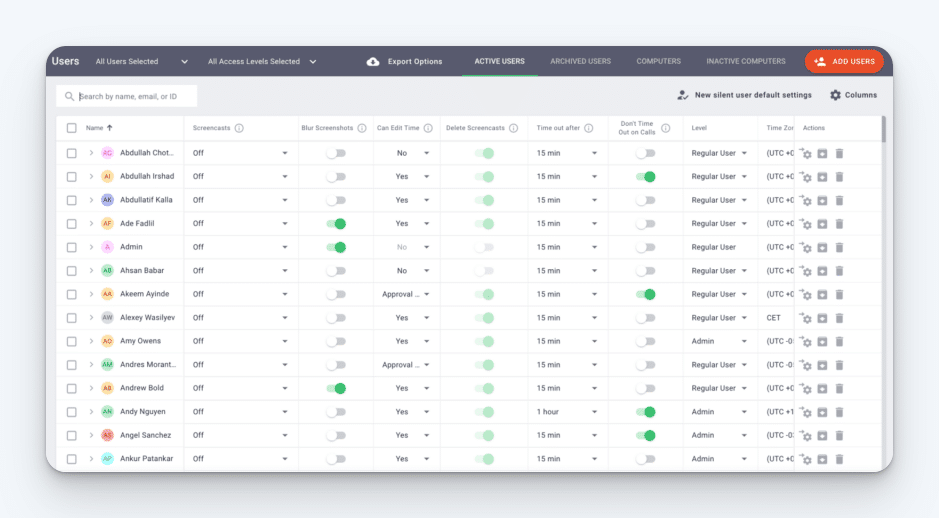
Credit: buddypunch.com
Frequently Asked Questions
How To Measure Productivity In Remote Work?
Measure remote work productivity by tracking task completion, quality, and deadlines. Use time-tracking tools and analyze communication and collaboration. Focus on business outcomes and employee well-being to get accurate insights.
How To Measure Productivity Of Software Developers?
Measure software developer productivity using metrics like code quality, lead time, cycle time, collaboration, and task completion rates. Track efficiency with tools monitoring code churn, communication, and well-being. Prioritize business outcomes and team support over raw activity data for accurate assessment.
How To Track Remote Employee Productivity?
Track remote employee productivity using monitoring software that logs computer activity, time spent on tasks, and completed work. Combine time-tracking tools with regular performance reviews. Analyze communication, collaboration, and output quality to assess efficiency and support team improvements effectively.
How To Track Time For Employees Who Are Remote?
Use reliable time-tracking software to monitor remote employees’ work hours and task progress accurately. Combine with productivity tools to analyze output and support teams effectively.
Conclusion
Tracking remote software developers’ productivity takes clear goals and smart tools. Focus on results, not just hours worked. Use simple metrics like completed tasks and code quality. Communicate often to understand challenges and progress. Balance monitoring with trust to keep teams motivated.
Regular reviews help improve workflows and spot issues early. Keeping these steps in mind supports a productive remote development team.
